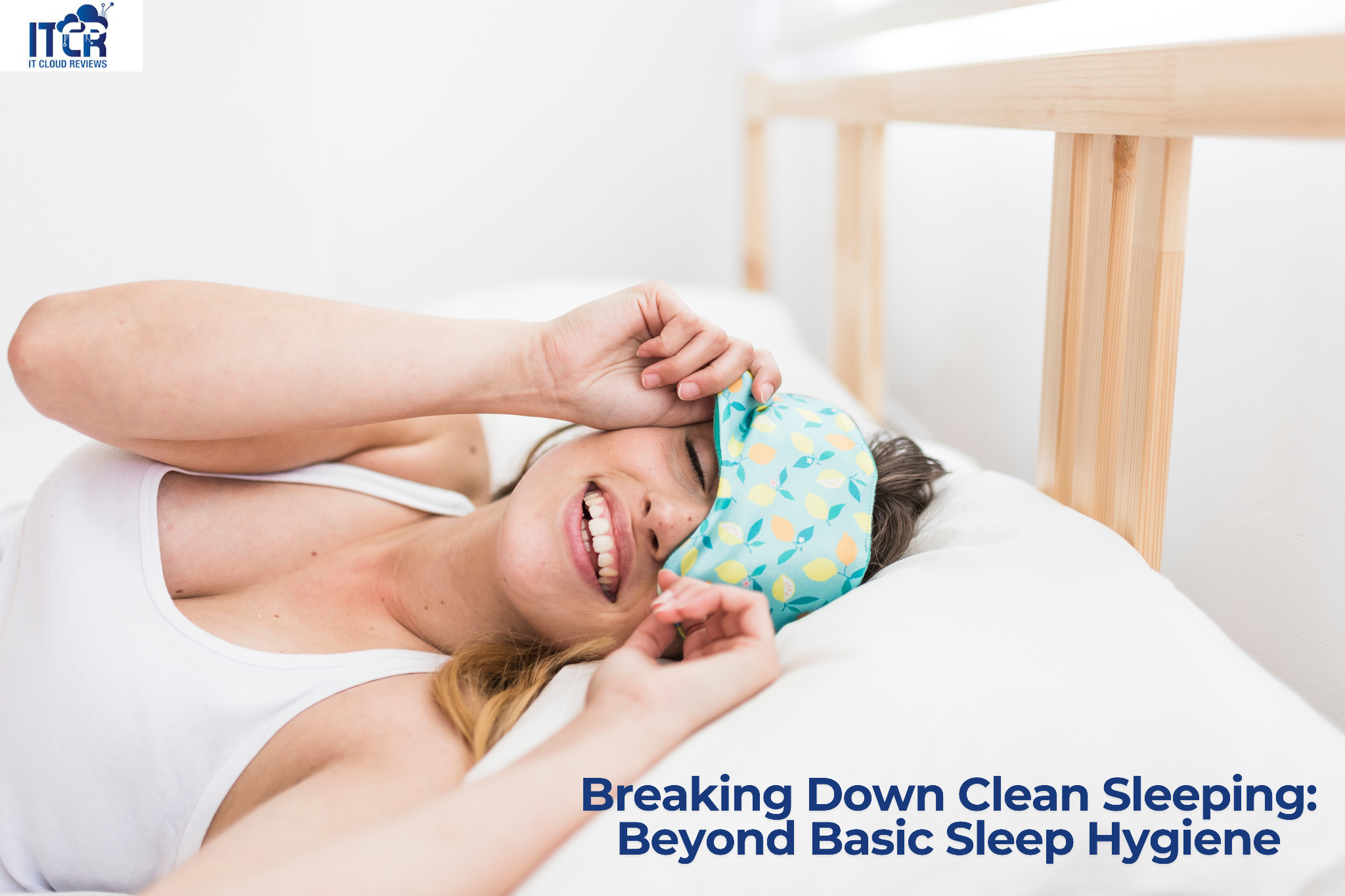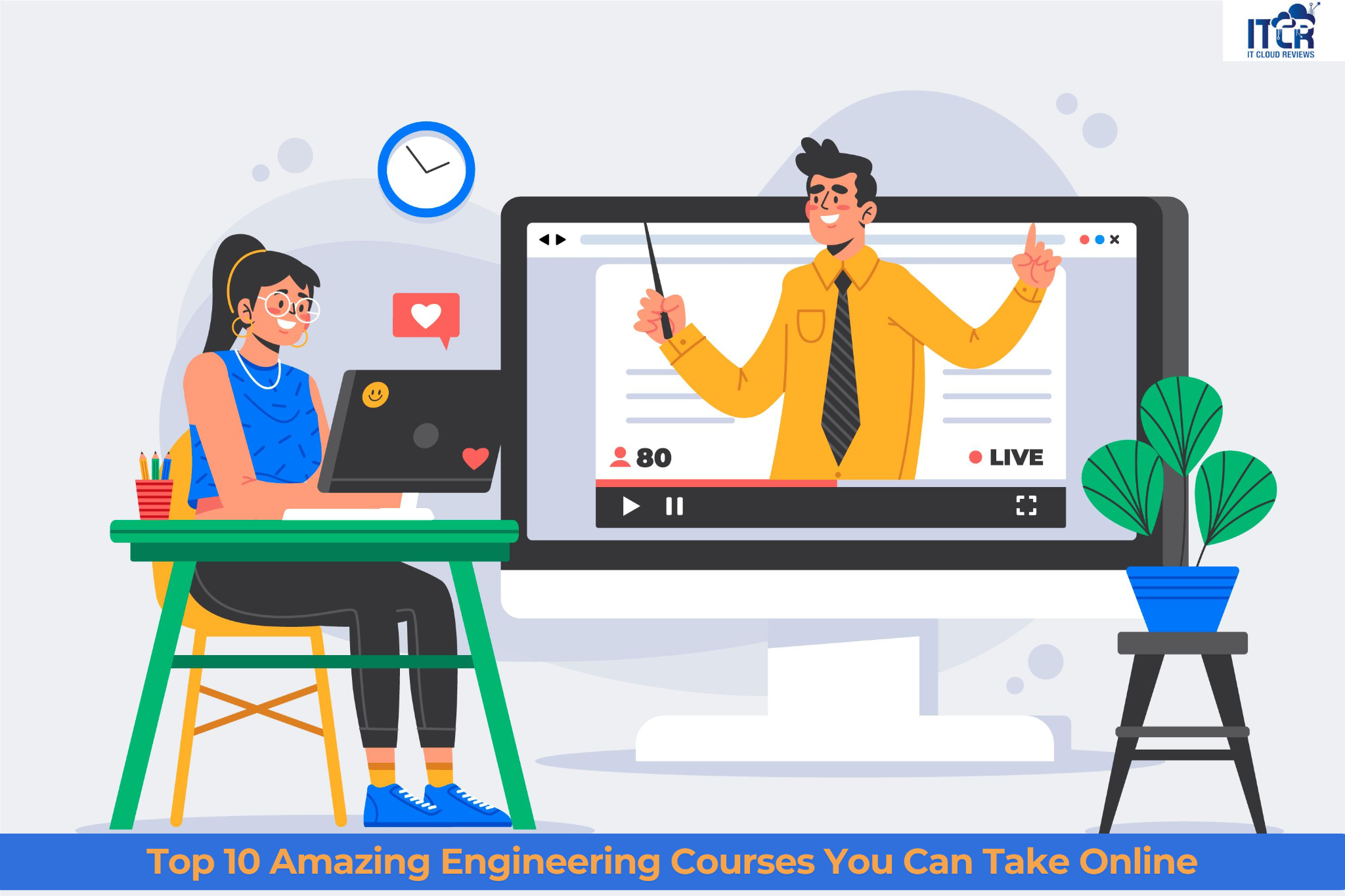Getting your content noticed can be a daunting task. With millions of articles published daily, how do you ensure yours stands out? The answer lies in effective article optimization, particularly if you’re using WordPress. WordPress is a powerhouse platform, but to truly harness its potential, you need to optimize your articles for search engines.
Table of Contents
How to write SEO friendly WordPress content
What is SEO? Search Engine Optimization (SEO) is the process of enhancing your website to improve its visibility on search engine results pages (SERPs). By optimizing your content, you increase the chances of it being seen by your target audience.
Why SEO is Critical for WordPress Sites: WordPress, while user-friendly, requires proper SEO techniques to make your articles rank higher. Without SEO, even the best content can remain hidden from potential readers.
Choosing the Right Keywords
Keyword Research Tools: Selecting the right keywords is the foundation of SEO. Tools like Google Keyword Planner, SEMrush, and Ahrefs can help you identify high-traffic keywords relevant to your content.
How to Select Effective Keywords: Focus on keywords that balance high search volume with low competition. Long-tail keywords, which are more specific, often yield better results.
Optimizing Title and Meta Descriptions
Crafting an Engaging Title: Your title is the first thing readers see. Make it catchy, concise, and include your primary keyword.
Writing Compelling Meta Descriptions: Meta descriptions should provide a brief, engaging summary of your article. Include your main keyword and ensure it entices users to click through.
Structuring Your Article
Importance of Headings and Subheadings: Headings and subheadings not only break up your content, making it more readable, but they also help search engines understand the structure of your article.
Using H1, H2, H3, and H4 Tags Effectively
- H1: Your main title. Use only one per article.
- H2: Main subheadings. Break down your article into sections.
- H3: Subsections within H2 headings.
- H4: Further subdivisions within H3 headings.
Creating High-Quality Content
Writing Engaging and Informative Content: Quality trumps quantity. Write with your audience in mind, providing value and insights that keep them engaged.
Importance of Originality and Uniqueness: Search engines penalize duplicate content. Ensure your articles are original to stand out and rank higher.
Incorporating Keywords Naturally
Keyword Placement Strategies: Place your primary keyword in the title, first paragraph, and naturally throughout the article. Use synonyms and related terms to enhance relevance.
Also Read: How to evaluate the performance of your employees
Avoiding Keyword Stuffing: Overusing keywords can harm your SEO. Aim for a natural flow of language to maintain readability and effectiveness.
Optimizing Images and Media
Proper Image Tagging and Alt Text: Images enhance your content but must be optimized. Use descriptive file names and alt text to help search engines understand the image content.
Using Media to Enhance Content: Videos, infographics, and other media can enrich your article, making it more engaging and shareable.
Internal and External Linking
Benefits of Internal Links: Internal links help keep readers on your site longer and distribute link equity across your pages, boosting overall SEO.
How to Use External Links for Credibility: Linking to high-quality, authoritative sites can enhance your article’s credibility and provide additional resources for readers.
Improving Readability
Using Short Paragraphs and Sentences: Short, concise paragraphs and sentences make your content more readable and engaging, especially on mobile devices.
Importance of Readable Fonts and Sizes: Choose fonts and sizes that are easy to read on all devices. Avoid overly decorative fonts that can distract or strain the eyes.
Utilizing SEO Plugins
Best SEO Plugins for WordPress: Plugins like Yoast SEO, All in One SEO Pack, and Rank Math are essential for optimizing your WordPress site.
How to Configure SEO Plugins: Set up your chosen plugin to handle titles, meta descriptions, sitemaps, and more. Follow the plugin’s guidelines for the best results.
Mobile Optimization
Importance of Mobile-Friendly Design: With more users accessing content on mobile devices, ensuring your site is mobile-friendly is crucial for SEO and user experience.
Tools for Testing Mobile Responsiveness: Use tools like Google’s Mobile-Friendly Test and responsive design checkers to ensure your site performs well on all devices.
Enhancing Page Load Speed
Factors Affecting Load Speed: Images, plugins, and server performance can all impact your site’s load speed.
Tips for Speed Optimization: Optimize images, use caching plugins, and choose a reliable hosting provider to improve load times.
Search Engine Ranking Factors
Writing SEO-friendly blog posts is essential for increasing your online visibility and driving traffic to your website. Here are some tips for writing SEO-friendly blog posts:
Choose a relevant topic: Choose a topic that is relevant to your audience and that people are searching for. Conduct keyword research to find out what terms people are using to search for your topic.
Use a catchy title: Your title should be catchy, relevant, and include your primary keyword. Make sure it accurately reflects the content of your post and encourages readers to click through to read more.
Optimize your post for keywords: Use your primary keyword throughout your post, including in the title, meta description, and body. However, make sure to use it naturally and not stuff it into the content.
Write quality content: Create high-quality, informative content that provides value to your readers. Use subheadings, bullet points, and images to break up your content and make it easy to read.
Use internal and external links: Include links to other relevant posts on your website and external sources to provide additional value to your readers and improve your website’s authority.
Monitoring and Analyzing Performance
Using Google Analytics: Google Analytics provides insights into how your content is performing, helping you understand your audience and refine your strategy.
Add meta descriptions and tags: Write a compelling meta description that summarizes your post and includes your primary keyword. Use tags to help organize your content and make it easier for readers to find.
Optimize images: Use descriptive, keyword-rich file names for your images and add alt tags to improve your post’s accessibility and SEO.
Promote your post: Promote your post on social media and other online channels to increase its reach and drive traffic back to your website.
Also Read: What Is Picuki And How Does It Work
Other Performance Monitoring Tools: Tools like Ahrefs, SEMrush, and Moz can provide additional data on your SEO performance and opportunities for improvement.
FAQs on Optimizing your WordPress articles
What is the Best Way to Start Optimizing My WordPress Articles? Begin with keyword research, optimize your titles and meta descriptions, and use SEO plugins to streamline the process.
How Often Should I Update My Keywords? Regularly review and update your keywords, especially if your content is evergreen. Trends change, and so should your keywords.
Can I Optimize Old Articles on My WordPress Site? Absolutely. Updating and optimizing old articles can boost their performance and bring new traffic to your site.
What SEO Plugin Do You Recommend for Beginners? Yoast SEO is a great choice for beginners due to its user-friendly interface and comprehensive features.
How Can I Ensure My Content is Mobile-Friendly? Use responsive design themes, test your site with mobile-friendly tools, and keep your content concise and readable on small screens.
Conclusion
Optimizing your WordPress articles is essential for improving visibility and engagement. By following these SEO best practices, you can enhance your content, attract more readers, and ultimately achieve your online goals. Start implementing these strategies today and watch your WordPress site soar in the search rankings.











